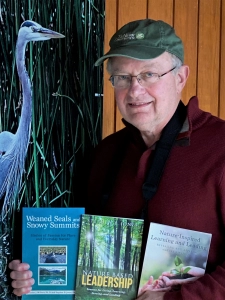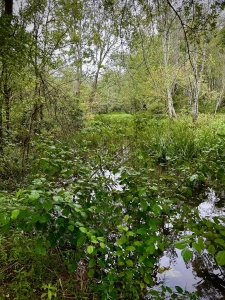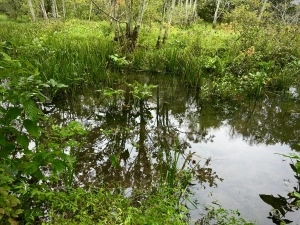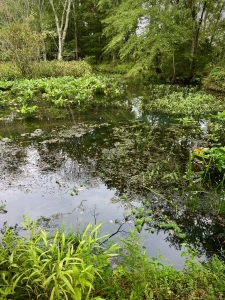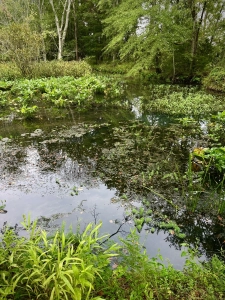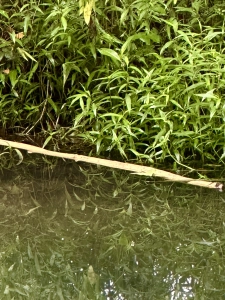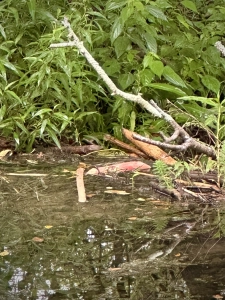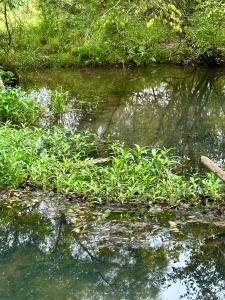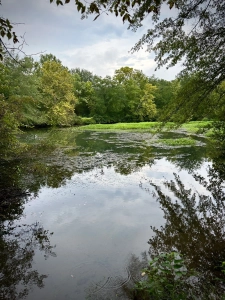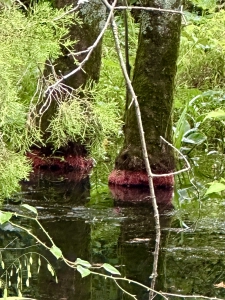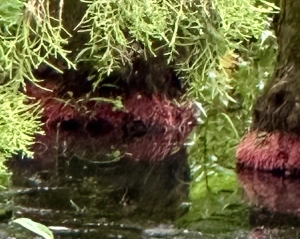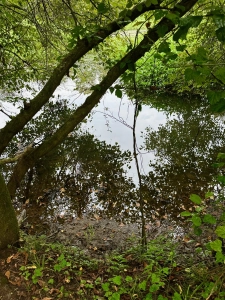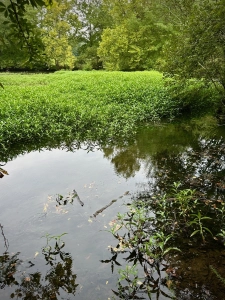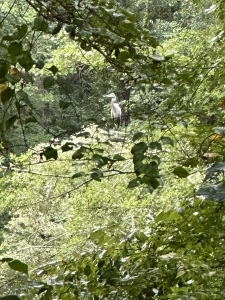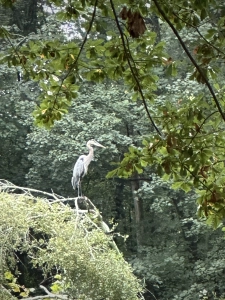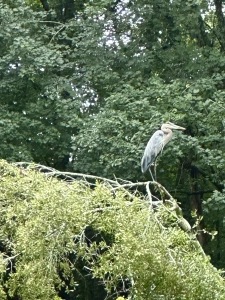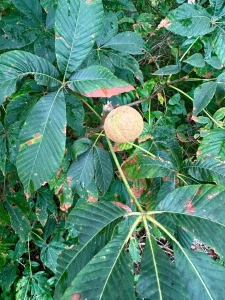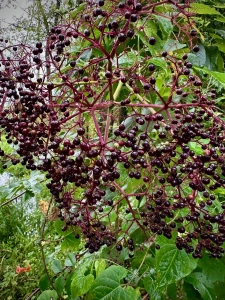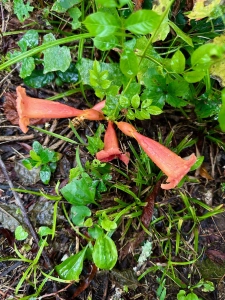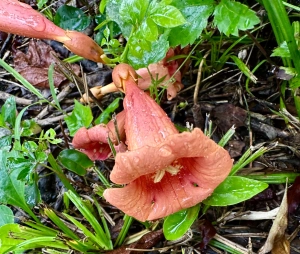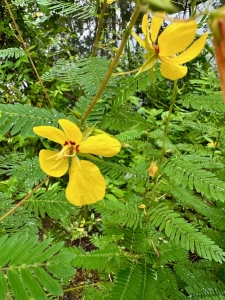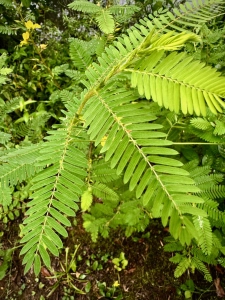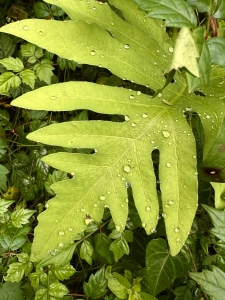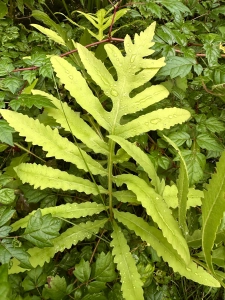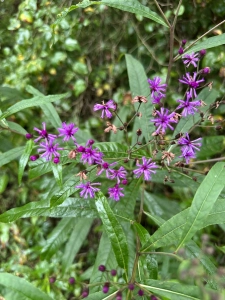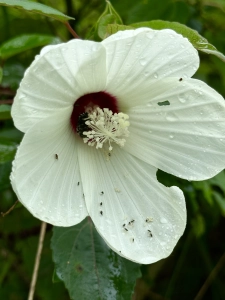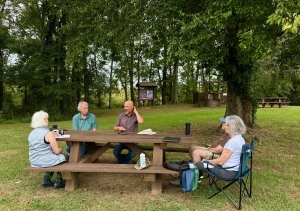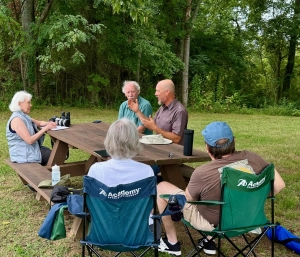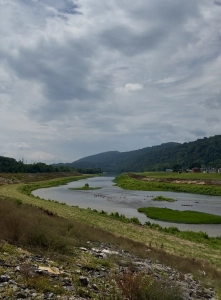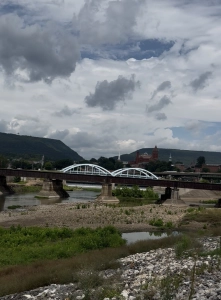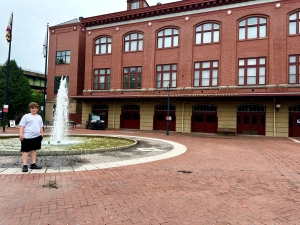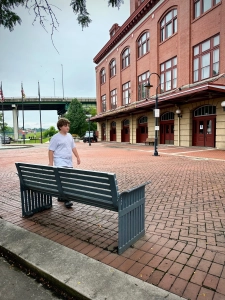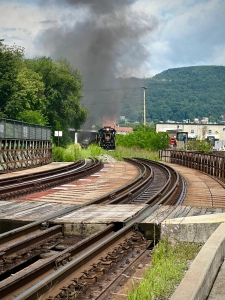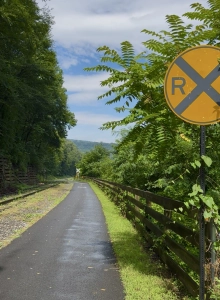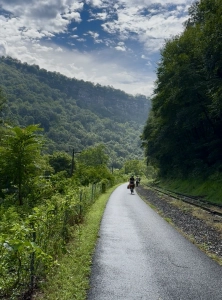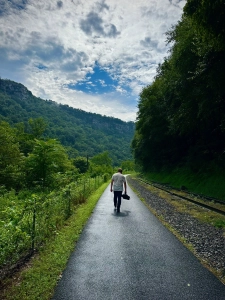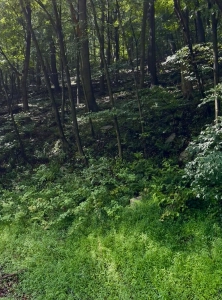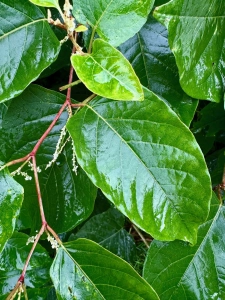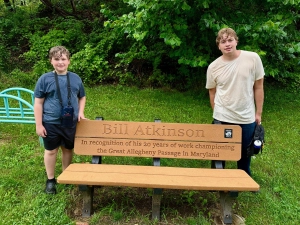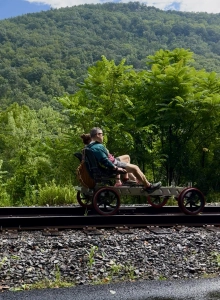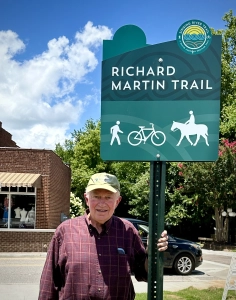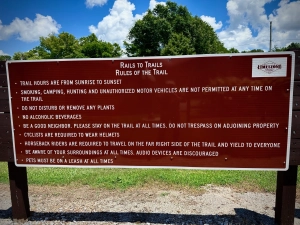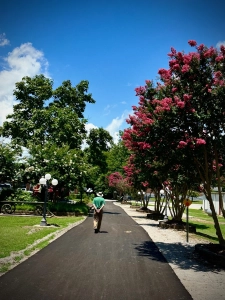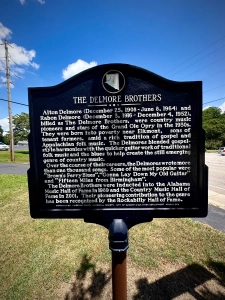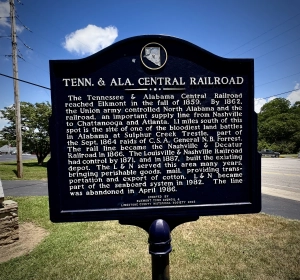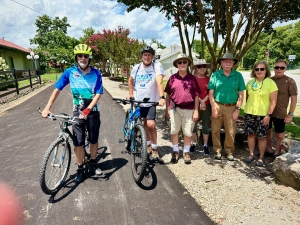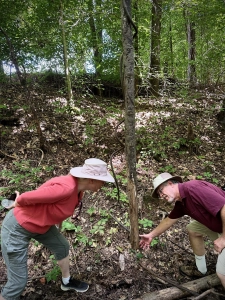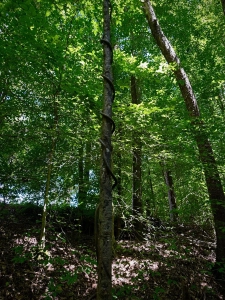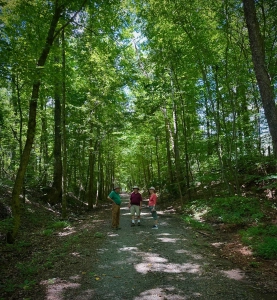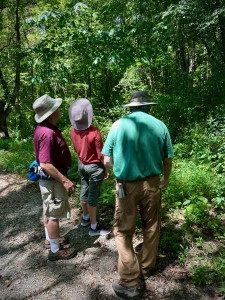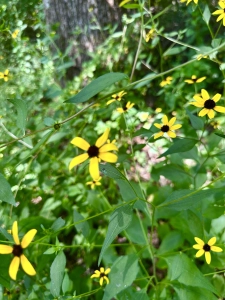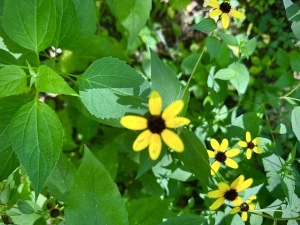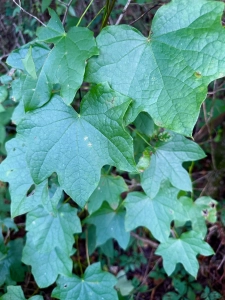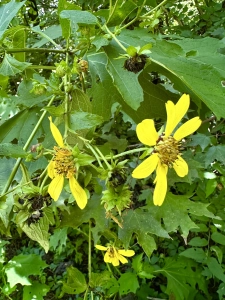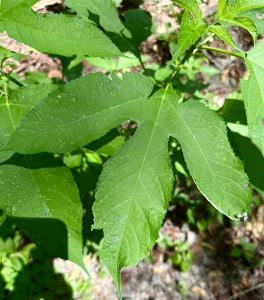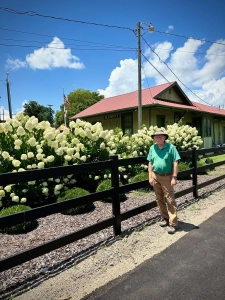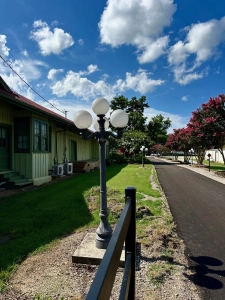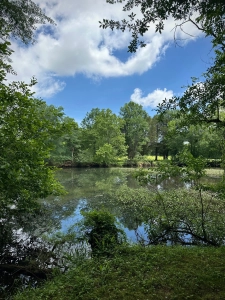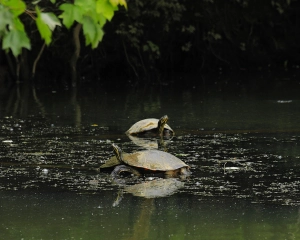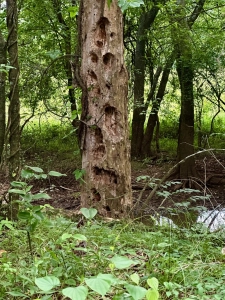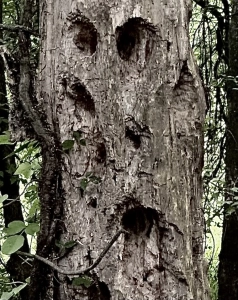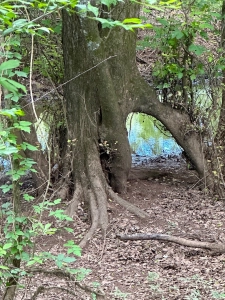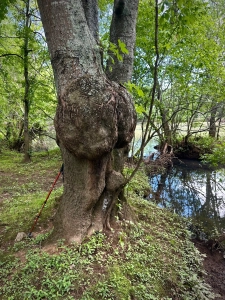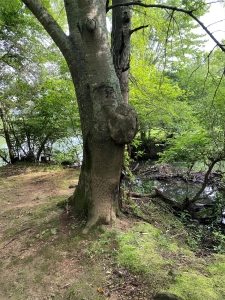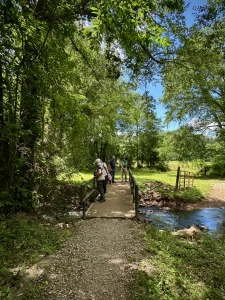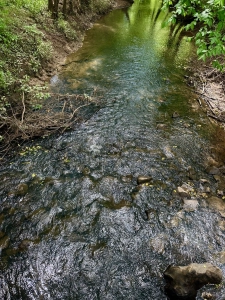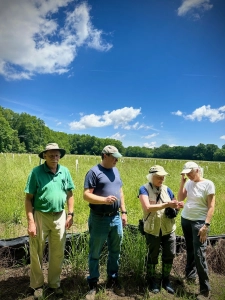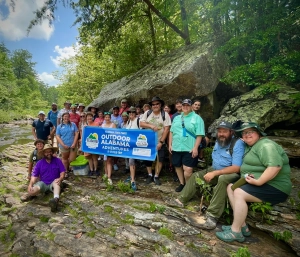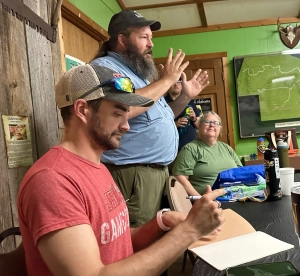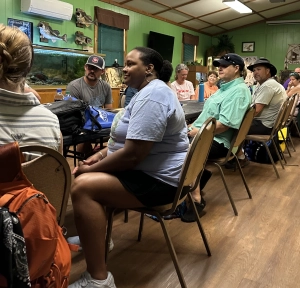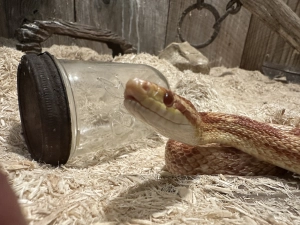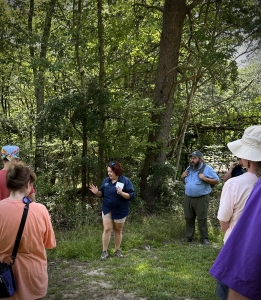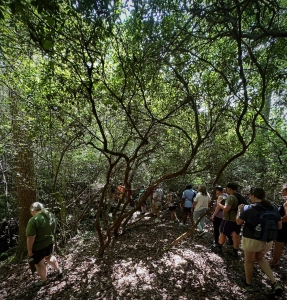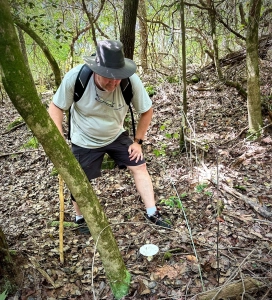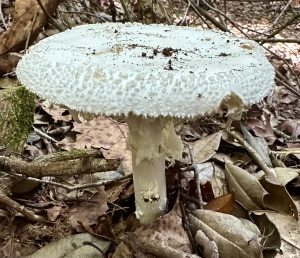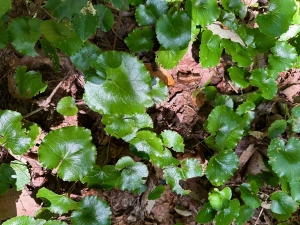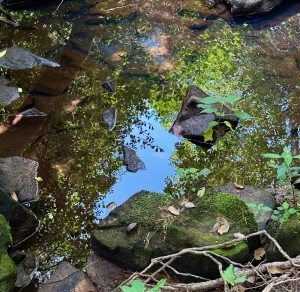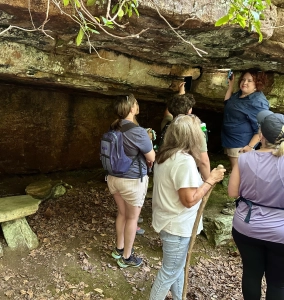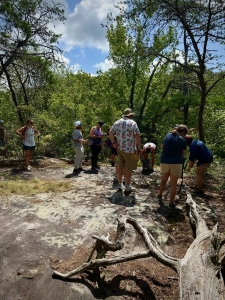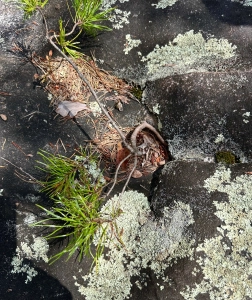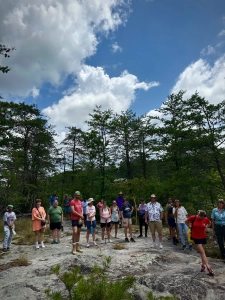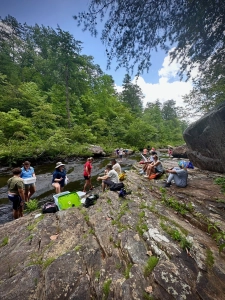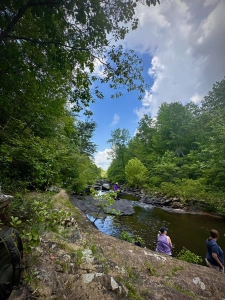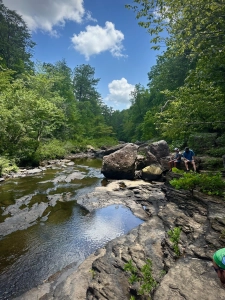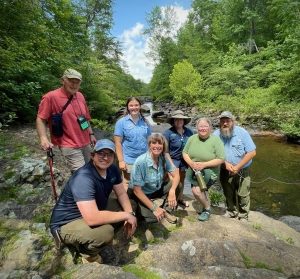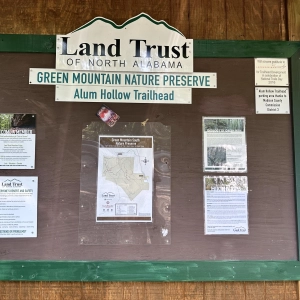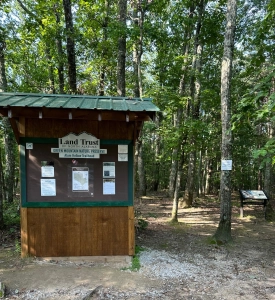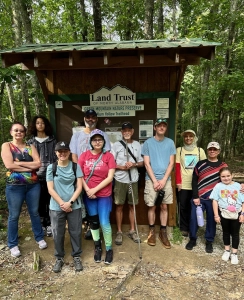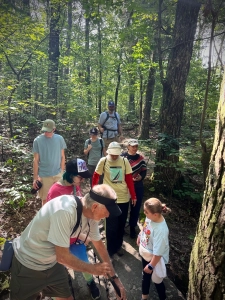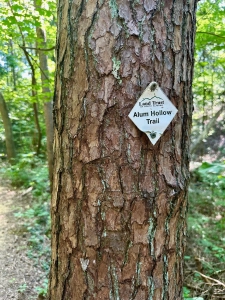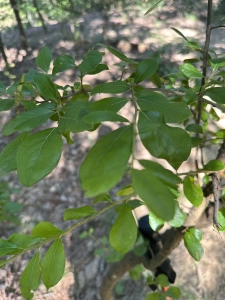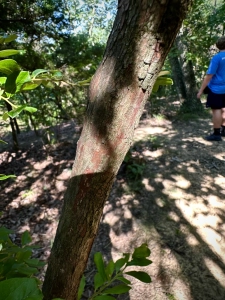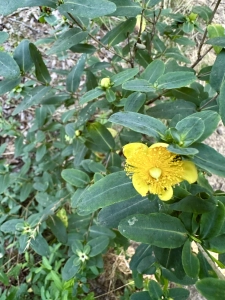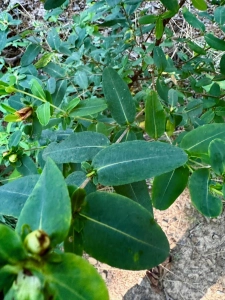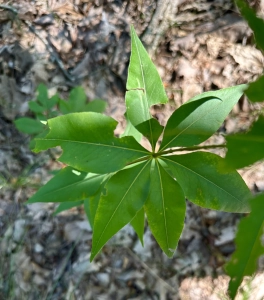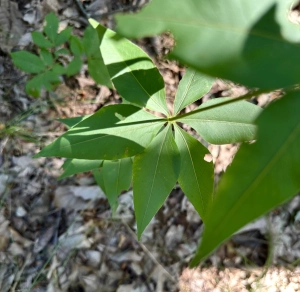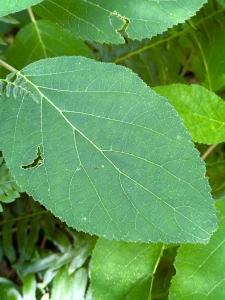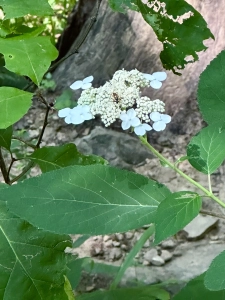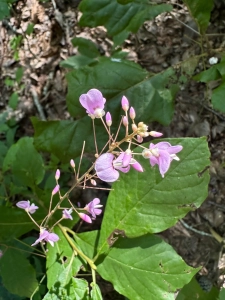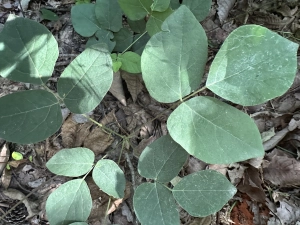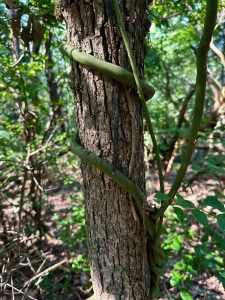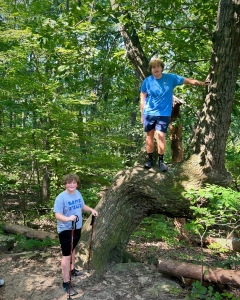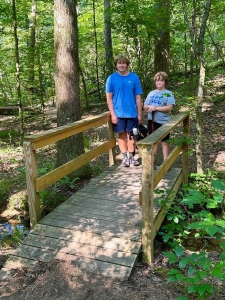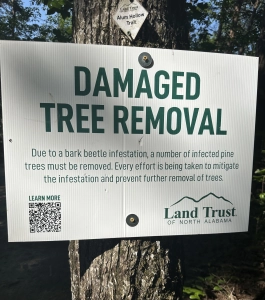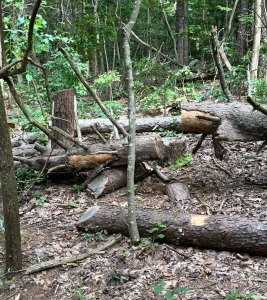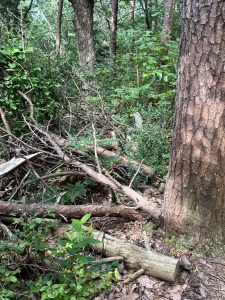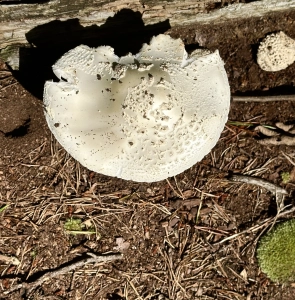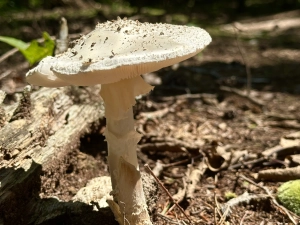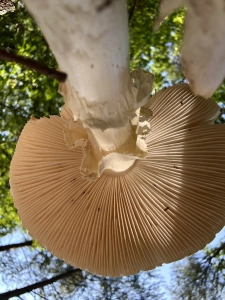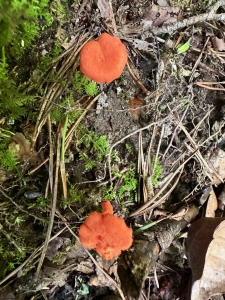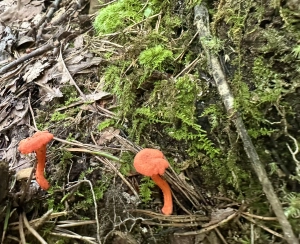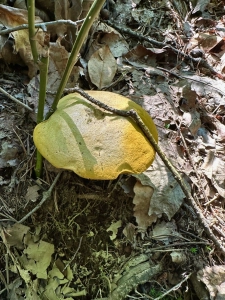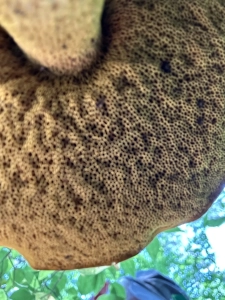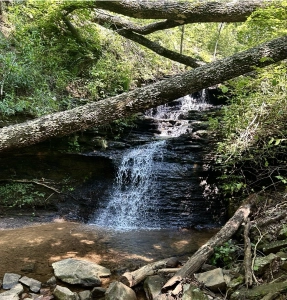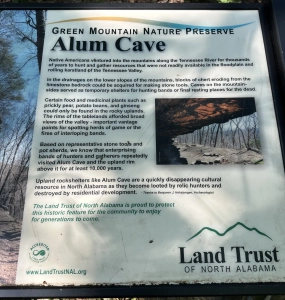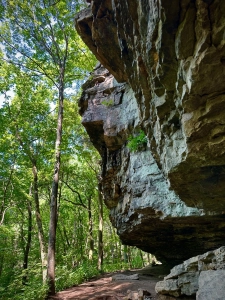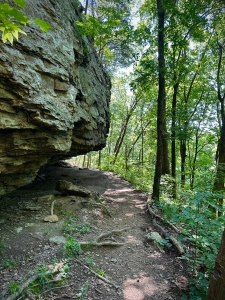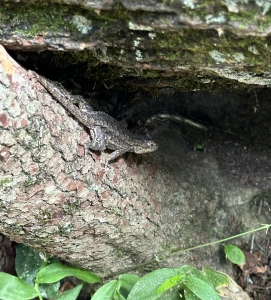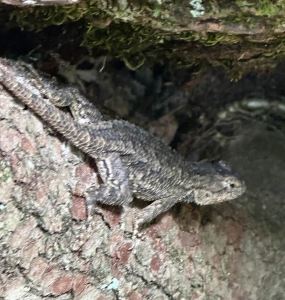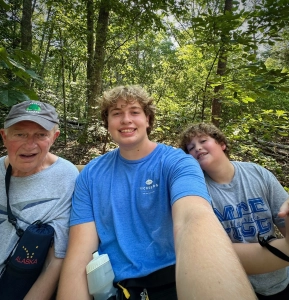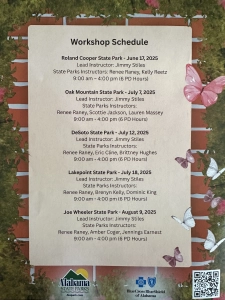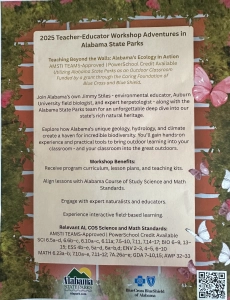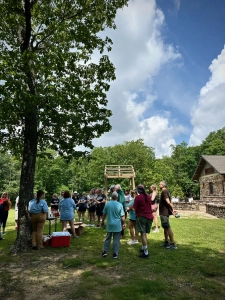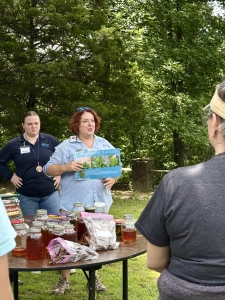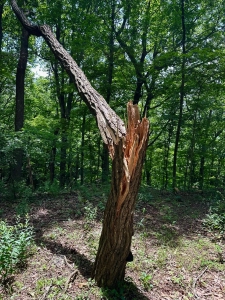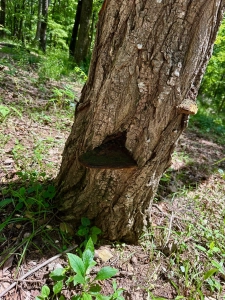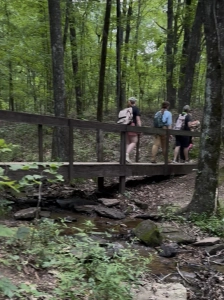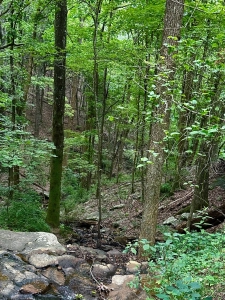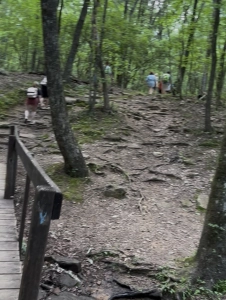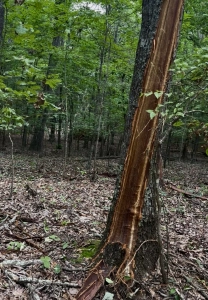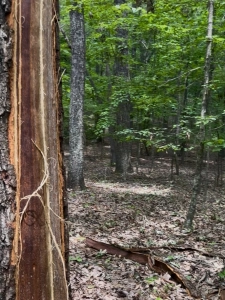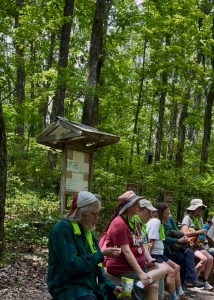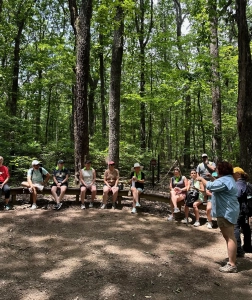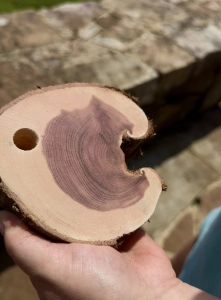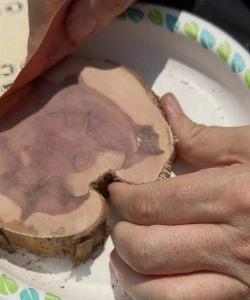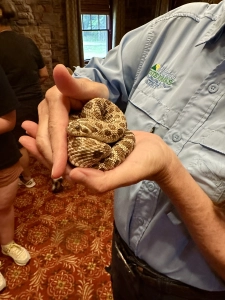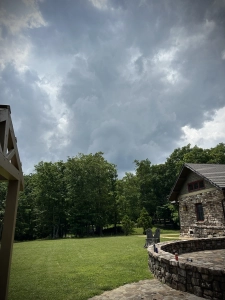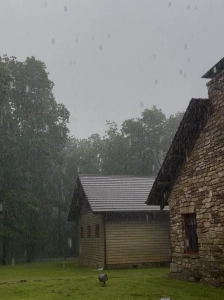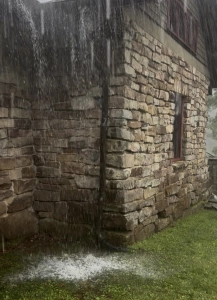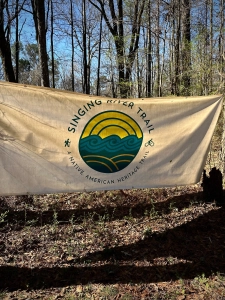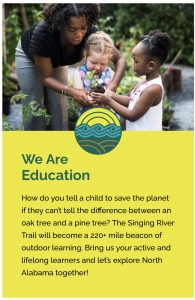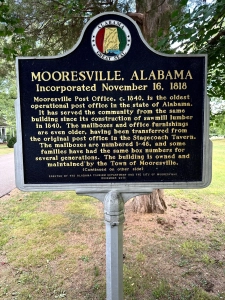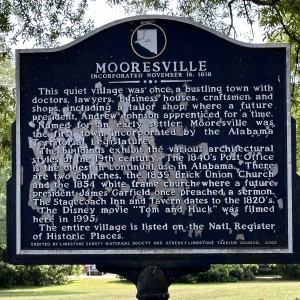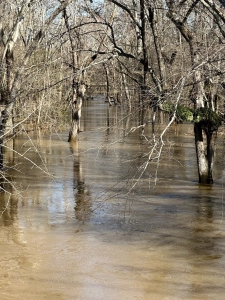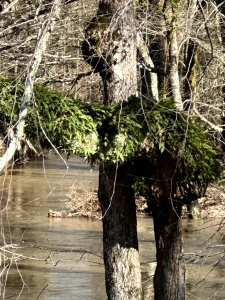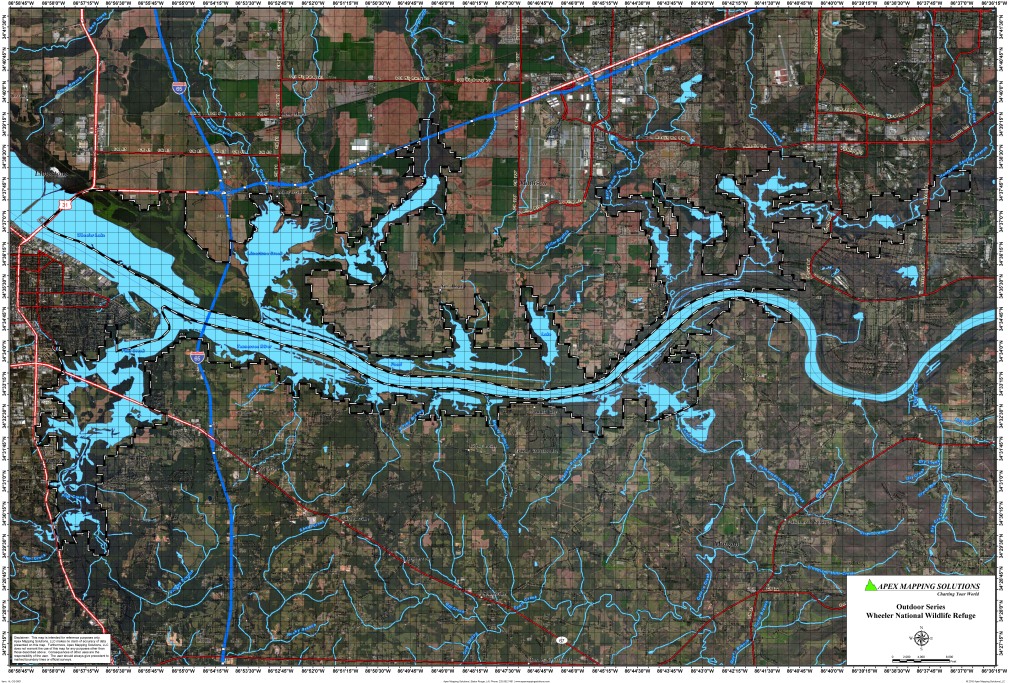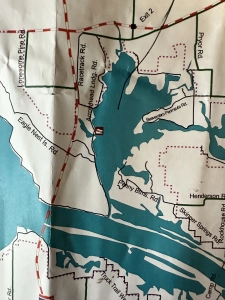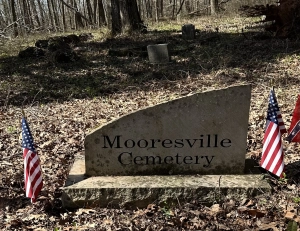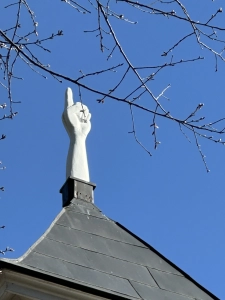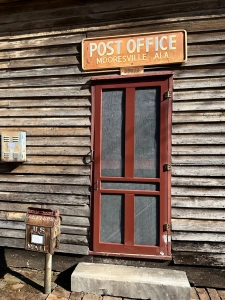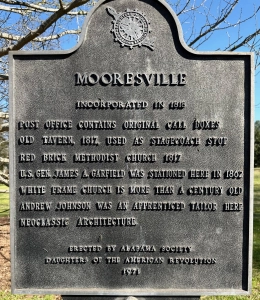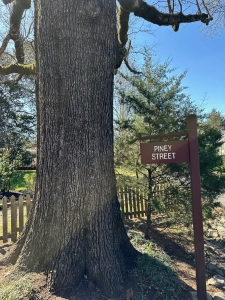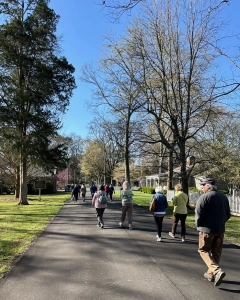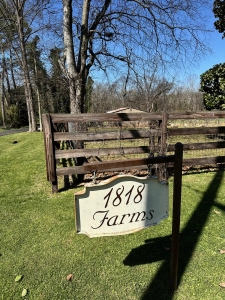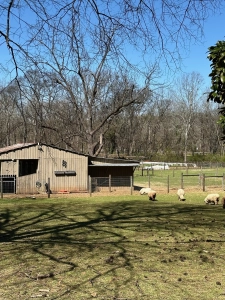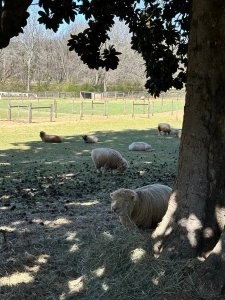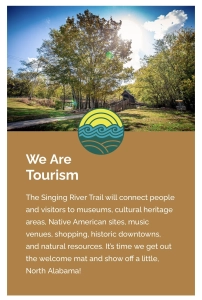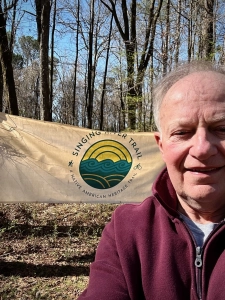Part One 175-Year-Old C&O Canal Pawpaw Tunnel: Where Nature Meets Engineering and History
I once again visited the Pawpaw Tunnel on the Chesapeake and Ohio (C&O) National Historical Park on July 28, 2025. Alabama grandsons, Jack (17) and Sam (11), accompanied me. I grew up 30 miles upstream along the Potomac River in Cumberland, Maryland. I wanted the boys to experience the Nature, history, and engineering marvel of the tunnel and canal. We walked east through the 3,600-foot tunnel, traversed a mile beyond it, and then hiked the Tunnel Hill Trail over the mountain to return to the parking area. Part One (this Post) carries us through the tunnel; Part Two takes us back over the Tunnel Hill Trail.
The Tunnel
Jack and Sam stand above the west end of the tunnel, completed in 1850 (175 years ago!). The structure has stood the test of time. The east end is a pinprick of distant light. Midway through, the darkness is near total.
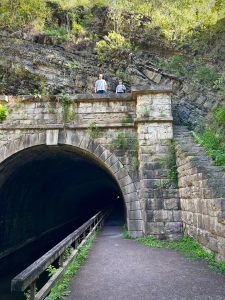
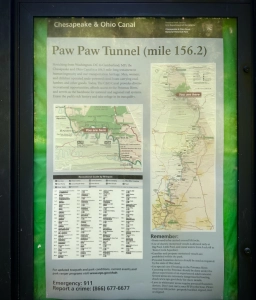
Here is my 59-second video at the west (upstream) entrance.
I’ve been to the tunnel scores of times across my seven decades. Camping with my parents and siblings beside the tunnel-tender’s canal-era house adjacent to the river. Fishing on the bank, often at night for catfish. I recall once Dad and me holding frantically to tent poles during a fierce storm that threatened to tear away our shelter. Cooking chili on a Coleman stove. Breakfasts of sauage, eggs, and hashbrowns. The list of indelible memories reaches endlessly. My experiences from those formative years shaped me, sculpted my lifetime addiction to Nature…propelled me to a forestry degree, a meaningful career committed to natural resources sustainability, and a retirement dedicated to:
Employing writing and speaking to educate, inspire, and enable readers and listeners to understand, appreciate, and enjoy Nature… and accept and practice Earth Stewardship.
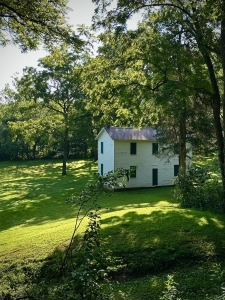
Because I neglected to photograph the tunnel’s interior in July, I borrowed a photo I took in November 2019.
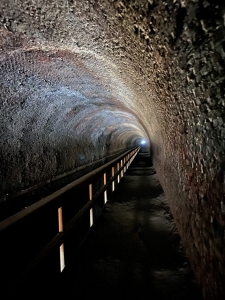
The east (downstream) end of the tunnel is forever etched in my memory. Immigrant laborers with picks and shovels, black powder, wheelbarrows, drag-sleds, and horse/mule carts began construction in 1836; the first boats passed through 14 years later. Crews worked from both ends and from two 360-foot vertical shafts. I’d like to visit in 2036, the centennial anniversary of pickaxes first striking the shale. Eleven years hence takes me to age 85. What are the chances of me retaining life, health, vigor, endurance, and mental acuity for another 4,015 sunrises? There is no guarantee even that I or any one of us will witness tomorrow’s dawning. I take comfort that I will seek the goal one step after another, visiting special places and enjoying everyday Nature as I’m able.
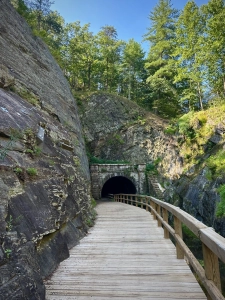
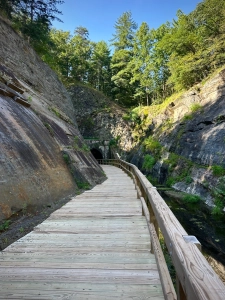
This photo from the National Park Service Pawpaw Tunnel brochure during operations more than 100 years ago shows little difference from today’s image. The tunnel is timeless, except that the decades have moved beyond it. I can’t imagine much change between now and 2036.
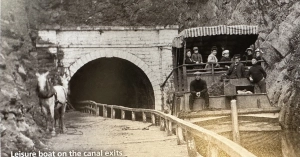
Interestingly, the brochure notes:
In the span of a lifetime, canals faded from beacons of a dawning age to quaint reminders of a bygone era. From 1828 to 1850 thousands of immigrants found work–and hope for a new life–building a canal. Families worked and lived on the long, narrow boats, and children often tended the mules.
Nature doesn’t care about the blossoming and disappearance of technologies, the tough life of hopeful humans tending the boats, or the miserable fights among immigrant laborers. Moss grows on the dripping sidewalls at the tunnel exit, shrubs sprout on the shale scree, and spring rains temporarily flow in the long-abandoned channel. Decomposers relentlessly attack the wooden decking. My ken is to follow the process over the fleeting years of my lifetime, when little of the tunnel’s countenance has changed from the quaint reminder I relish.
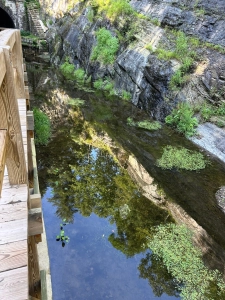
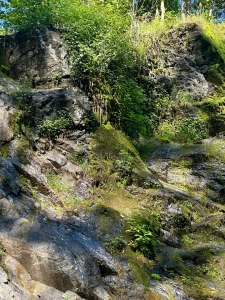
I recorded this 53-second video at the east portal.
I ponder whether Jack and Sam will catch the fever enough to visit when I and my Pawpaw Tunnel Blog are little more than their own quaint reminder. I wonder who else will care. From the east end exit, the boardwalk stretches through the cut into the distance. How far into the decades will my passion persist?
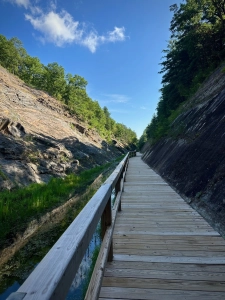
Those thoughts accompanied me as the boys and I sauntered beyond the tunnel and its deep cut through the shale. Perhaps a better verb suggests that my ruminations haunted me. Lift lock 66, numbered consecutively upstream from the Georgetown terminus, captured our interest and spurred our imagination. Like the tunnel, the lock resonated with faint echoes of the thousands of long-gone souls who worked, lived, played, and prayed along the canal. This was the future…fading to a quaint reminder. Nature lives on, finding and claiming its place. My role in leading our trek, planting seeds for tomorrow in the boys, and probing was to encapsulate our experiences in this weekly photo essay.
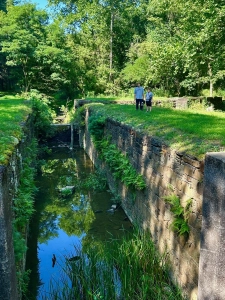
I recorded a 58-second lift-lock video, chronicling Nature finding and claiming its place.
Nothing in Nature is static, including the works of man. Were the 184.5 miles of the canal not preserved as a National Historical Park, Nature would hve revegetated the towpath, canal, infrastructure, and associated memories to obscurity. I recall celebrating in 1971, when the tireless efforts of Supreme Court Justice William O. Douglas prompted Congress and the President to secure protection and preservation for the important recreational and environmental landmark. There was talk of converting the landmark to a Blue Ridge Parkway kind of roadway. Douglas penned a seminally persuasive letter to the Washington Post:
I feel that if your editor did [walk the towpath with Douglas], he would return a new man and use the power of your great editorial page to help keep this sanctuary untouched. … He would see strange islands and promontories through the fantasy of fog; he would discover the glory there is in the first flower of spring, the glory there is even in a blade of grass; the whistling wings of ducks would make silence have new values for him. Certain it is that he could never acquire that understanding going 60, or even 25, miles an hour.
I was 20 years old, a junior in forestry school, and already addicted to the magic of the C&O Canal. My memories run deep and indelibly for this sacred (to me) recreational and environmental landmark!
I will repeat the circuit another time, when I return, preferably during the dormant season. Like so many of my special places and the everyday Nature that defines them, the C&O Canal and Pawpaw tunnel extend tendrils deep into my mind, body, heart, soul, and spirit. Where do those intense feelings and vivid memories go when we are called Home? Perhaps fragments will live on through my children, Matt and Katy, and in Jack and Sam, Katy’s boys. Robert Louis Stevenson nailed the sentiment:
Don’t judge each day by the harvest you reap but by the seeds that you plant.
Thoughts and Reflections
I offer these observations:
- Nature is a mosaic of place, time, and use; every landscape reflects the past and portends the future. (Steve Jones)
- Nature lives on, finding and claiming its place. (Steve Jones)
- My experiences from those formative years shaped me, sculpted my lifetime addiction to Nature…propelled me to a forestry degree, and a meaningful career committed to natural resources sustainability. (Steve Jones)
Inhale and absorb Nature’s elixir. May Nature Inspire, Inform, and Reward you!
Note: All blog post images created & photographed by Stephen B. Jones unless otherwise noted. Please circulate images with photo credit: “©2025 Steve Jones, Great Blue Heron LLC. All Rights Reserved.”
I am available for Nature-Inspired Speaking, Writing, and Consulting — contact me at steve.jones.0524@gmail.com
Reminder of my Personal and Professional Purpose, Passion, and Cause
If only more of us viewed our precious environment through the filters I employ. If only my mission and vision could be multiplied untold orders of magnitude:
Mission: Employ writing and speaking to educate, inspire, and enable readers and listeners to understand, appreciate, and enjoy Nature… and accept and practice Earth Stewardship.
Vision:
- People of all ages will pay greater attention to and engage more regularly with Nature… and will accept and practice informed and responsible Earth Stewardship.
- They will see their relationship to our natural world with new eyes… and will understand more clearly their Earth home.
Tagline/Motto: Steve (Great Blue Heron) encourages and seeks a better tomorrow through Nature-Inspired Living!
Steve’s Four Books
I wrote my books Nature Based Leadership (2016), Nature-Inspired Learning and Leading (2017), Weaned Seals and Snowy Summits: Stories of Passion for Place and Everyday Nature (2019; co-authored with Dr. Jennifer Wilhoit), and Dutton Land & Cattle: A Land Legacy Story (2023) to encourage all citizens to recognize and appreciate that every lesson for living, learning, serving, and leading is either written indelibly in or is powerfully inspired by Nature. All four of my books present compilations of personal experiences expressing my deep passion for Nature. All four books offer observations and reflections on my relationship with the natural world… and the broader implications for society. Order any from your local indie bookstore, or find them on IndieBound or other online sources such as Amazon and LifeRich.
I began writing books and Posts for several reasons:
- I love hiking and exploring Nature
- I see images I want to (and do) capture with my trusty iPhone camera
- I enjoy explaining those images — an educator at heart
- I don’t play golf!
- I do love writing — it’s the hobby I never needed when my career consumed me
- Judy suggested my writing is in large measure my legacy to our two kids, our five grandkids, and all the unborn generations beyond
- And finally, perhaps my books and Blogs could reach beyond family and touch a few other lives… sow some seeds for the future
